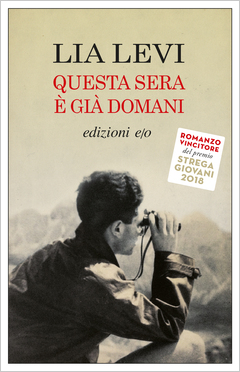Tag: publishers
Featured Publisher – Edizioni e/o

The independent publishing house Edizioni e/o was founded in Rome in 1979 by Sandro Ferria and Sandra Ozzola who had a profound interest in cultural dialogue and exchange. Early on they focused on literary translations into Italian, particularly with writers from Eastern Europe, but soon began to publish writers from their own country as Lia Levi, Gioconda Belli, and Elena Ferrante. In 2005, the founders launched Europa Editions which brings into the English-speaking world some of the Europe’s best contemporary writers. Here are a few of the latest Edizioni e/o titles in Italian that can be found in Berkeley’s collection:
Lia Levi
Tiziana de Rogatis
Patrizia Rinaldi
Roberto Tiraboschi
Caterina Emili (on order)
Massimo Carlotto





